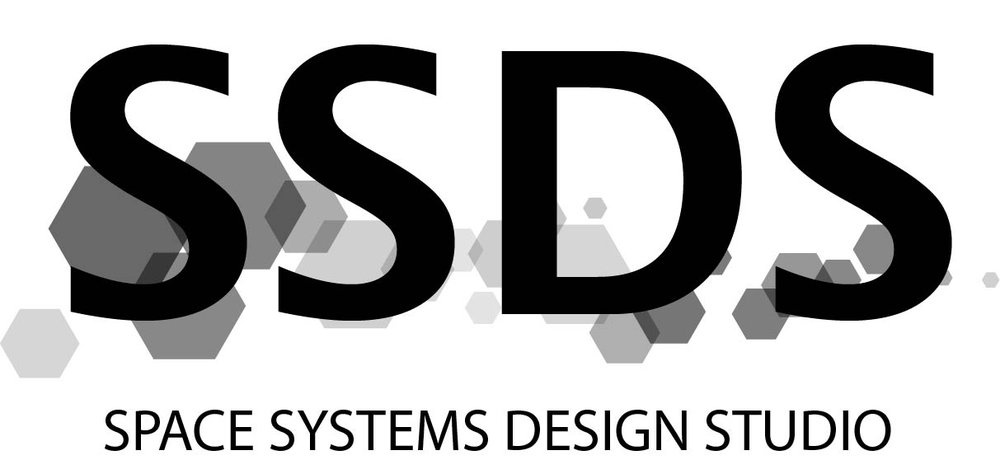Autonomous Navigation of Relativistic Spacecraft
About
Space exploration has so far been confined to our Solar System. Currently, the most distant spacecraft to the Sun is Voyager 1, at about 145 astronomical units (or about 13 million miles). The rest of the universe is yet to be explored, but even the nearest star system to our Sun—Proxima Centauri—is over 250,000 astronomical units from the Earth. As a result, the future of space exploration lies in covering vast distances very quickly, for even a spacecraft traveling at 1% of the speed of light—17,000 times faster than Voyager 1—would take over 80 years to reach Proxima Centauri.
Spacecraft traveling at relativistic speeds will encounter relativistic effects, such as time dilation, length contraction, and relativistic Doppler shift. Current navigation systems either do not take these effects into account or consider them as corrections to Newtonian mechanics. This research focuses on a different approach: incorporating relativistic mechanics as a baseline dynamics model.
Say that there is a spacecraft sitting at some point in the universe, imaging the stars. Traveling at such high speeds would affect how the spacecraft would "see" the stars around it. Due to the relativistic effects introduced, the stars' apparent position and color would be different than what would be recorded while traveling at current spacecraft speeds.
Then, if we have some idea what the stars are supposed to look like at the spacecraft's location and speed, and if we also know how the stars look like from Earth, we can pinpoint where it is using the imaging data from the spacecraft with the help of the dynamics model. As a result, the relativistic effects can be used to navigate autonomously (without human interaction)!
Applications
The parallax technique used here to measure the distance from earth to the Pleiades. Credit: Alexandra Angelich, NRAO/AUI/NSF.
Recent work on relativistic propulsion using directed energy and practical capabilities of Monarchs suggest that relativistic travel may be possible in the near future. This will allow us to “cast a wider net” with small spacecraft that are moving very quickly—we can take the same measurements Voyager 1 is taking, for example, but by using hundreds of small satellites spread over a larger area.
Measuring and Mapping Distant Stars
Parallax is used to measure the radial distance to stars—however if the stars are too far away, then parallax is too small, and we can’t measure their distance to us. Currently we use the Earth’s orbit around the Sun to calculate parallax. If we can use a larger distance, such as that from a distant spacecraft to the Sun, we could use the imaging data to measure stars that are farther away.
Conference Proceedings
Yucalan and Peck. “A Static Estimation Method for Autonomous Navigation of Relativistic Spacecraft.” IEEE Aerospace Conference. 2019. [PDF]

